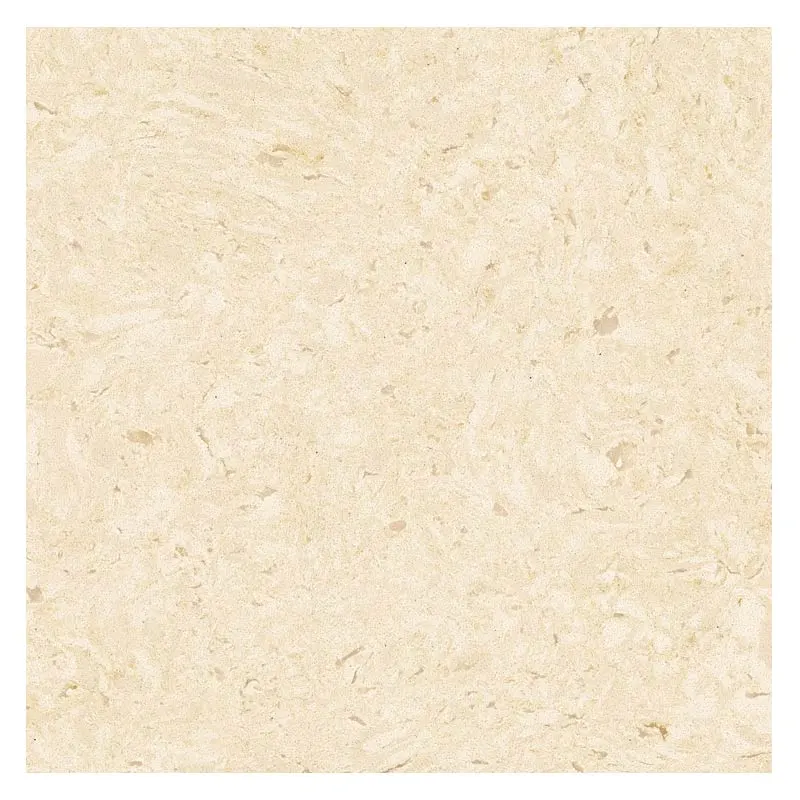In recent years, with the booming home improvement market, artificial stone countertops have become a popular choice for home kitchens and bathrooms due to their beauty, durability, and easy cleaning. However, the risk of silicosis caused by the processing of artificial stone has aroused widespread concern and discussion.
So, do all artificial stones cause silicosis? This article will explore this issue in depth, analyze the types of artificial stones, the causes of silicosis and preventive measures, and provide consumers with comprehensive information.

Types and ingredients of artificial stones
Artificial stones are mainly divided into the following categories according to their main ingredients and production processes:
★ Quartz stone:
Quartz stone is made of a mixture of natural quartz sand and resin, and the quartz content is usually above 90%. This material is popular for its high hardness, wear resistance, and high temperature resistance. However, it is precisely because of the high quartz content that quartz stone releases a large amount of dust containing silica during cutting and grinding, posing a threat to workers' health.
★ Acrylic stone:
Acrylic stone is a synthetic material with polymethyl methacrylate (PMMA) as the main component. This material is soft, easy to process and repair, and does not contain natural quartz, so no silica dust will be generated during the processing, which is relatively safe.
★ Composite stone:
Composite stone is a material made of a variety of natural stone chips mixed with resin. Depending on the different components of the stone chips, the types and hazards of dust generated during its processing are also different. Generally, composite stones with more quartz will have a risk of silicosis during processing, while composite stones without quartz or with a lower content of quartz have a lower risk.
Causes of silicosis Silicosis is an occupational disease caused by long-term inhalation of free silica dust. Silica dust is mainly found in natural minerals such as quartz and sandstone. When workers cut, grind or crush these materials, fine dust particles are inhaled into the lungs. Long-term accumulation can lead to pulmonary fibrosis, dyspnea, coughing, chest pain and other symptoms, which can be fatal in severe cases.

Health risks in quartz stone processing
● High concentration of silica dust:
Quartz stone releases a large amount of silica dust during processing. If workers do not take effective protective measures, such as wearing dust masks and using ventilation equipment, they are exposed to high concentrations of dust for a long time, and the risk of silicosis is extremely high.
● Industrial accident cases:
In recent years, many countries have reported cases of silicosis related to quartz stone processing. For example, public health agencies in Australia and Spain have found many cases of silicosis in quartz stone processing workers. These workers generally lack effective protective measures and work in high dust environments for a long time, which eventually leads to serious health problems.

Relative safety of acrylic stone and composite stone
1. Acrylic stone:
Since acrylic stone does not contain natural quartz, silica dust will not be generated during its processing, so there is basically no risk of silicosis. However, acrylic stone releases organic dust during cutting and grinding. Although it is less harmful to the respiratory system, appropriate protective measures should be taken to prevent allergic reactions caused by dust inhalation and skin contact.
2. Composite stone:
The safety of composite stone depends on the composition of its stone debris. If the composite stone contains a higher proportion of quartz, silica dust will still be produced during its processing, which poses a risk of silicosis; while composite stones with less or no quartz have relatively less dust hazards. Therefore, when choosing composite stones, pay attention to their composition ratio and try to choose products with low quartz content.
Preventive measures and industry norms
1. Effective protective equipment:
When processing artificial stone, workers should wear dust masks that meet the standards and use high-efficiency ventilation equipment to reduce dust inhalation. At the same time, the workplace should be equipped with wet working equipment to reduce dust concentration in the air by spraying water to reduce dust.
2. Health monitoring:
Enterprises should regularly conduct occupational health examinations for workers, especially lung function tests, to detect symptoms of silicosis early and take timely treatment measures. At the same time, health records should be established to record the working environment and health status of workers for long-term monitoring.
3. Regulations and standards:
Some countries and regions have issued relevant regulations to stipulate the processing standards of high-risk materials such as quartz stone. For example, the Occupational Safety and Health Administration (OSHA) of the United States has strictly stipulated the occupational exposure limits of silica dust and requires enterprises to take effective measures to protect the health of workers. Other countries such as Australia and Spain are also strengthening supervision and formulating corresponding protection standards and operating procedures.

Conclusion
Not all artificial stones will cause silicosis. The risk of silicosis is mainly related to quartz stone and composite stones with a high proportion of quartz, while acrylic stone and composite stones with a low quartz content are relatively safe.
By taking effective protective measures and strictly abiding by industry regulations, the health risks in artificial stone processing can be greatly reduced.

